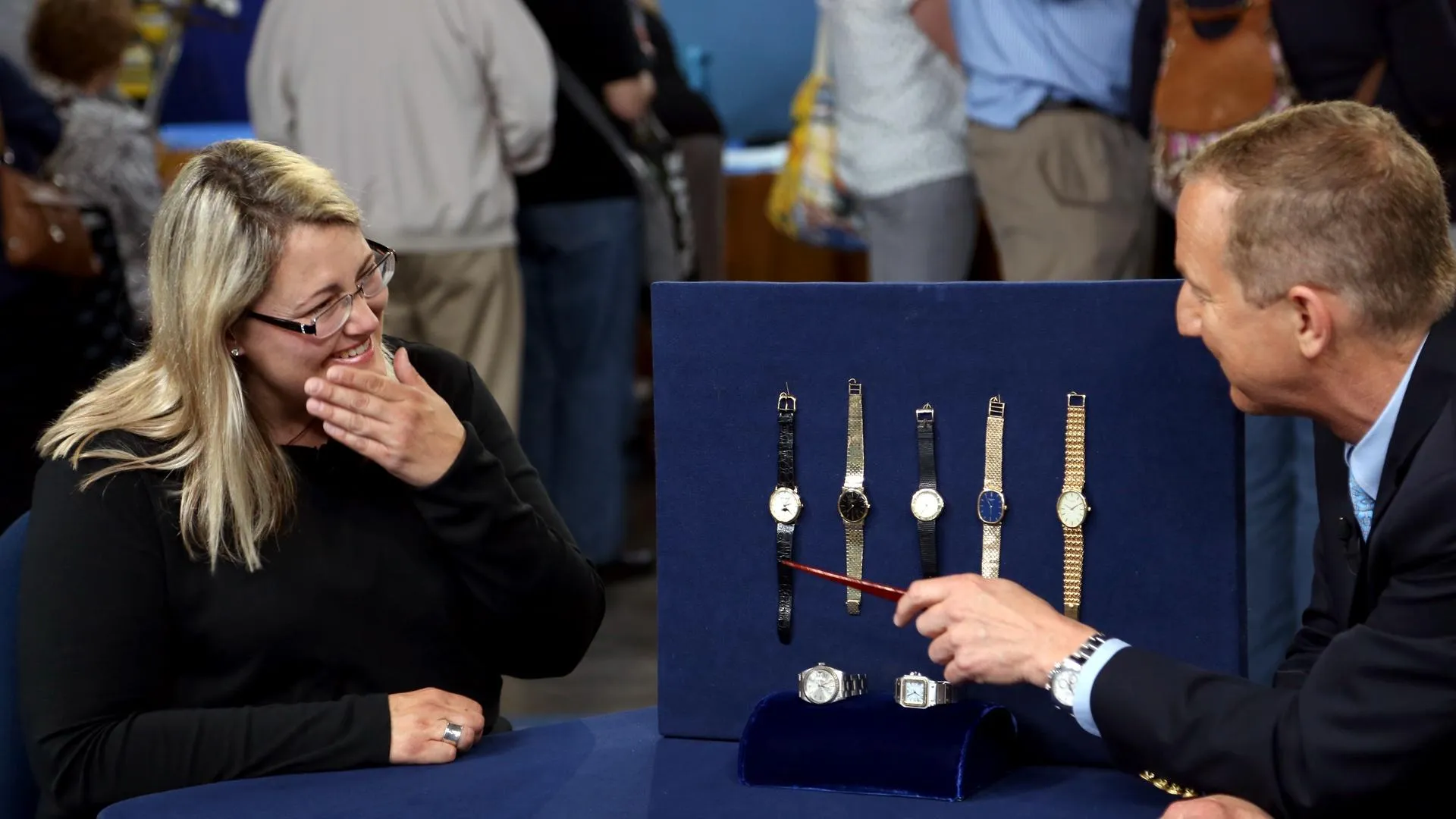GUEST: I don't know anything about it. I bought it, and they said it came from a Chicago estate, and that's pretty much it.
APPRAISER: When I first saw it, I thought it was European, and the comment, now that you're saying the Chicago thing, really helps tie it in for me. So when I turned it upside down, there are a couple of things. First of all, the weight is not European weight; it feels more like an American weight piece. European material tends to be a little lighter. Also, the way this bottom is finished is typical of architectural faience ware made in Chicago.
GUEST: So what's the significance of Chicago in architectural faience?
APPRAISER: A lot of the buildings built around the turn of the century have architectural faience: those design elements that go around doors and windows and in ceilings of glazed ceramic that they use. Instead of somebody actually carving plaster or carving wood, they mold it and use ceramic as a base. And the more I looked at this piece, I'm seeing this looks like the way ceramic would be treated if it was for architectural faience. Really, it makes me feel that this piece of Chicago information is right on the money. If that's the case, and I feel pretty strongly about it-- I'm not certain, but I'm pretty sure about that, 95%-- who do we most know making ceramics in Chicago? There's two primary companies. There's Teco, which is the most famous, and I don't think it's that. I think it's more likely Northwest Terra Cotta Company. This kind of mushy feel, the exaggerated design of the flowers and the leaves and the stems on this, this kind of bulky shape, I think you've got a piece of Northwest Terra Cotta dating to about 1900 to 1905. You paid how much for this?
GUEST: $200.
APPRAISER: I think at auction, it's between $4,000 and $6,000, I really do. And if we can prove it's Northwest Terra Cotta, it goes up from there.
GUEST: Wow! It's sexy, look at this thing. It's big, it's brassy, the condition's great. It's a lot better-looking now. (laughing)



